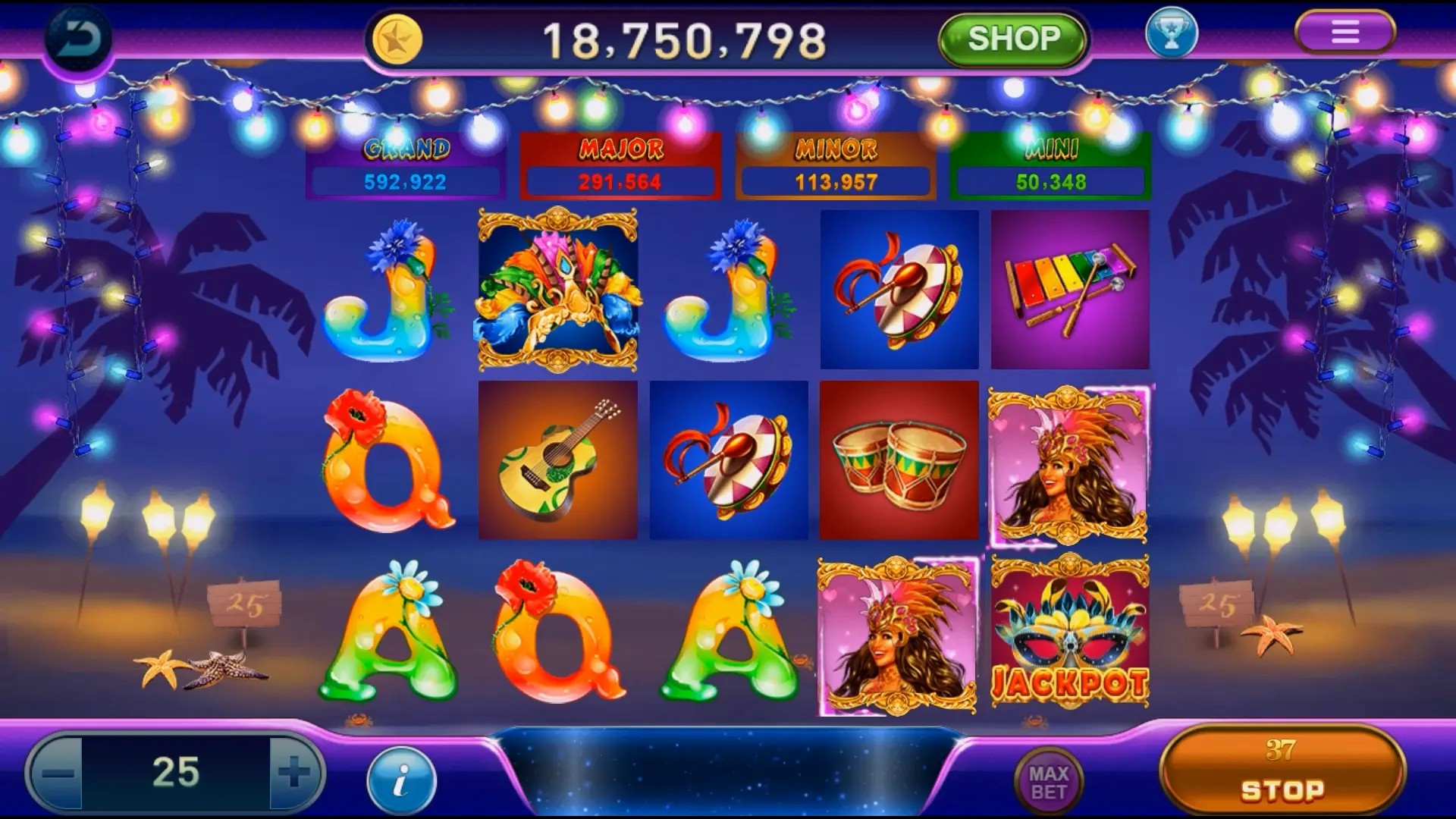From Clickers to Strategy: Why Idle Games Are Taking Over Mobile Gaming
Idle games, often referred to as "clicker games," have rapidly transformed the mobile gaming landscape over the past few years. This genre, characterized by its simple mechanics and addictive nature, has captivated millions of players worldwide. As we delve into the rise of idle games, we will explore their appeal, mechanics, and how they fit into the broader category of mobile gaming.
What Are Idle Games?
Idle games are predominantly designed for casual gamers who enjoy simple gameplay that does not require constant active engagement. Players typically initiate actions and then allow the game to progress automatically. This means you can "set it and forget it," making them perfect for mobile play during short downtimes.
The Mechanics Behind Idle Games
At the core of idle games lies a powerful blend of reward systems and progression mechanics. Players initiate actions, such as clicking or tapping, that generate in-game currency or resources. Over time, these resources accumulate, even when the player is not actively engaged. This leads to an addictive cycle—checking back in to see the growth and collecting rewards.
Why Idle Games Are So Engaging
There's something inherently satisfying about watching numbers go up and progressing through levels with minimal effort. Idle games often appeal to our desire for achievement without demanding too much of our time and energy. Here are several reasons why idle games capture players' attention:
- Low Commitment: No need for constant gaming sessions.
- Simple Mechanics: Easy to understand yet difficult to master.
- Achievement Satisfaction: Players love seeing their progress grow.
Emergence of Idle Games in Mobile Gaming
The surge in the popularity of idle games can be traced back to their unique ability to fit the fast-paced, on-the-go lifestyles of mobile users. Unlike traditional games, which often require lengthy sessions and focused attention, idle games allow players to engage in spurts, making them highly accessible.
Idle Games vs. Traditional Mobile Games
While traditional mobile games, like "Clash of Clans," require strategic planning and longer gameplay sessions, idle games short-circuit this model. Below is a comparison table illustrating the key differences:
| Feature | Idle Games | Traditional Mobile Games |
|---|---|---|
| Gameplay Style | Passive, Continuous | Active, Session-Based |
| Time Investment | Minimal | Significant |
| Player Engagement | Check-Ins | Long Sessions |
| Monetization | In-App Purchases | Ads, Purchases |
Mobile Gaming Landscape and Idle Games' Growth
According to industry reports, the idle game segment has shown literally exponential growth, propelling mobile gaming revenues to new heights. With the convenience of mobile devices, games that offer quick satisfaction over longer, strategic gameplay have taken precedence.
Key Features That Make Idle Games Stand Out
Idle games boast several defining characteristics:
- Automation: This allows resources to accumulate independently, engaging players when they choose.
- Incremental Progression: Players can witness gradual improvement, fostering long-term dependency on the game.
- Community Engagement: Many idle games foster social interaction through leaderboards and cooperative gameplay.
Examples of Popular Idle Games
Some of the most successful titles in the idle genre include:
- AdVenture Capitalist
- Clicker Heroes
- Egg, Inc.
Idle Games and the Rise of Casual Gaming
The casual gaming trend is undeniably bolstered by idle games, offering a perfect blend of entertainment and convenience. The ability to engage without time constraints appeals to a broad demographic, from parents with limited time to students seeking a quick escape.
The Intersection of Idle Games and RPG Elements
Interestingly, some idle games incorporate RPG elements, such as character progression and quest systems. For instance, 8-bit RPG games have merged with idle mechanics to create unique gaming experiences that offer both nostalgia and modern play:
- Leveling up characters
- Engaging storylines
- Quests that can be completed passively
Challenges Facing Idle Games
While the rise of idle games is impressive, they are not without challenges. Some players might lose interest due to the repetitive nature of gameplay. Developers must consistently update content and introduce new mechanics to retain their player base.
The Future of Idle Games
With mobile gaming continuously evolving, idle games will likely keep adapting, introducing multifaceted strategies to engage players. The blend of innovation and simplicity will remain crucial for maintaining popularity.
Conclusion
As we've explored, idle games represent a significant shift in mobile gaming preferences, attracting players with their accessible mechanics and low time commitment. They provide a unique digital experience that resonates well within the fast-paced world we live in. While they face challenges similar to any other genre, their underlying addictive nature and charm will ensure they continue to flourish in the mobile gaming ecosystem.



